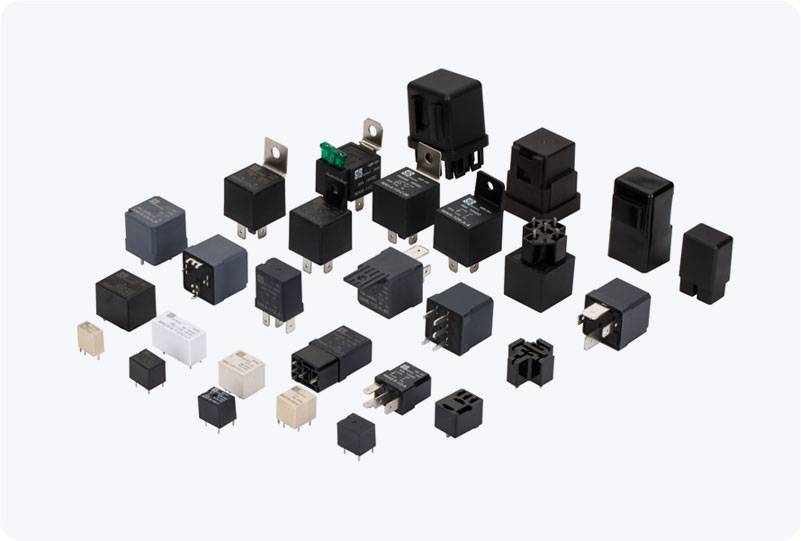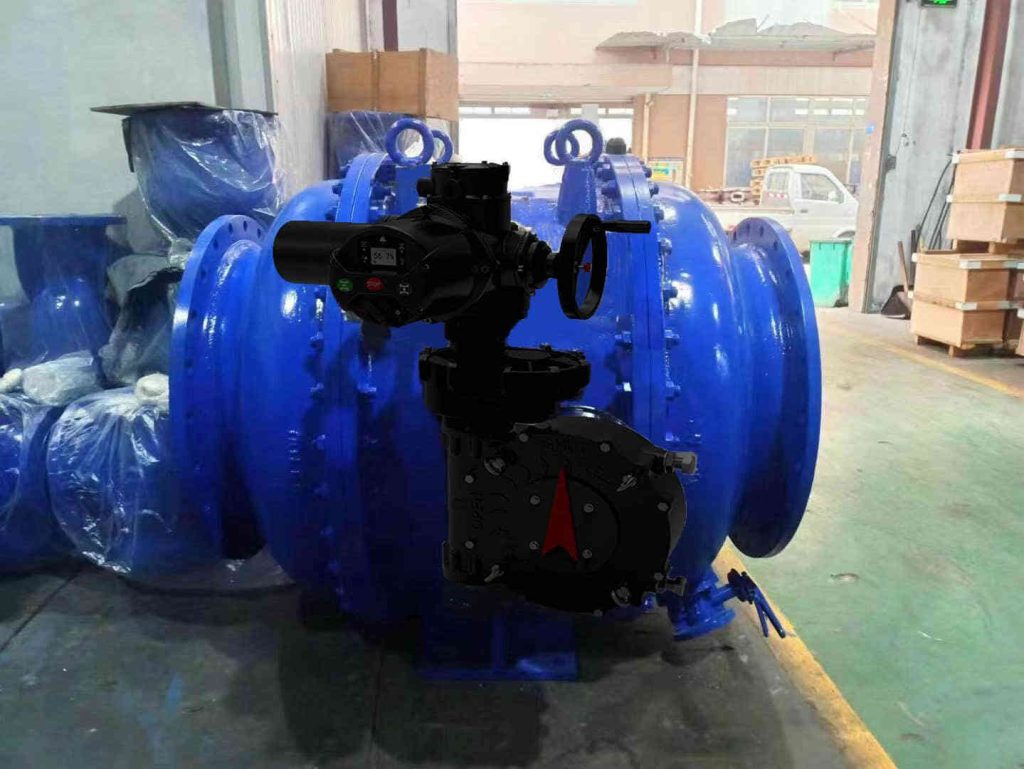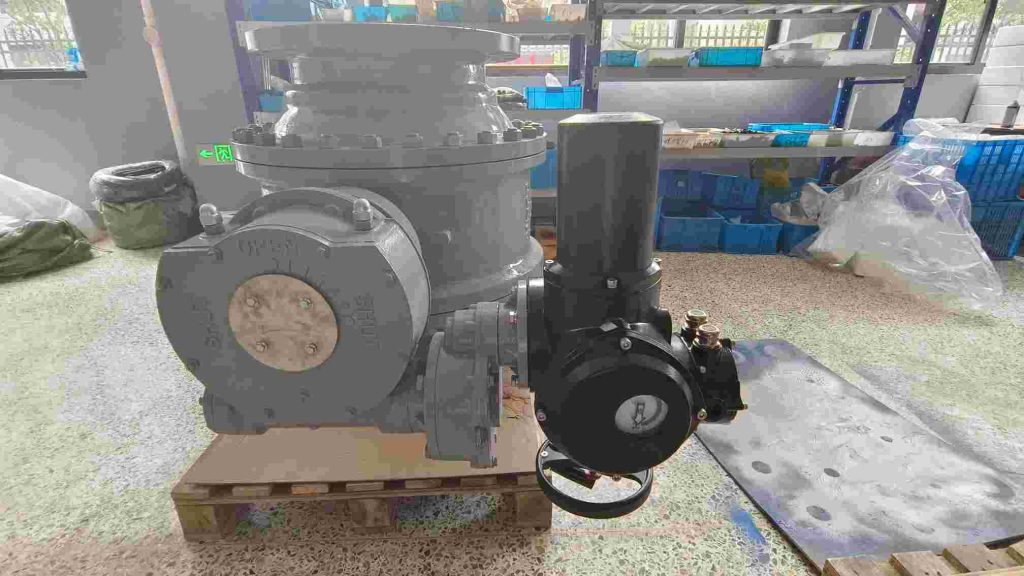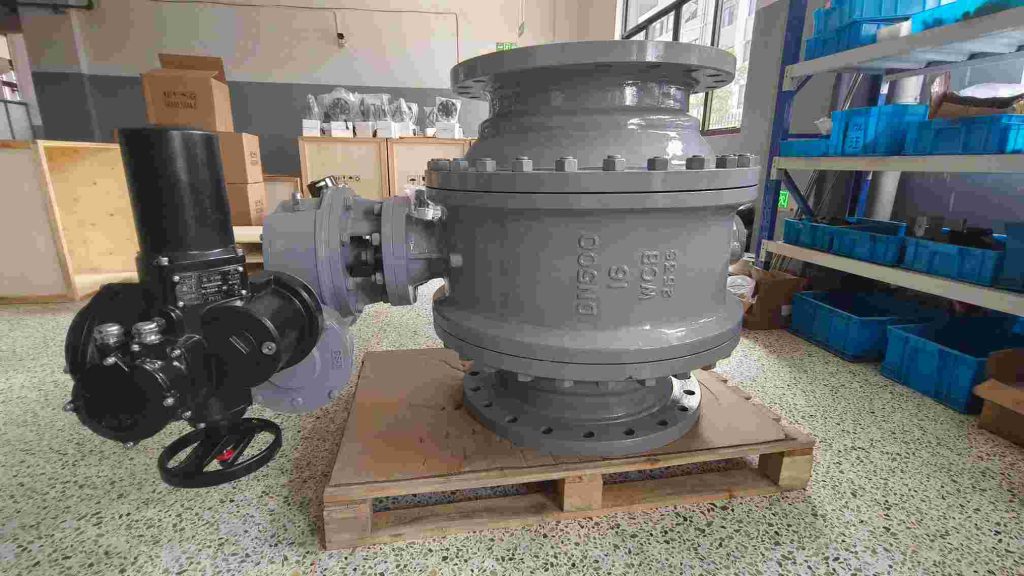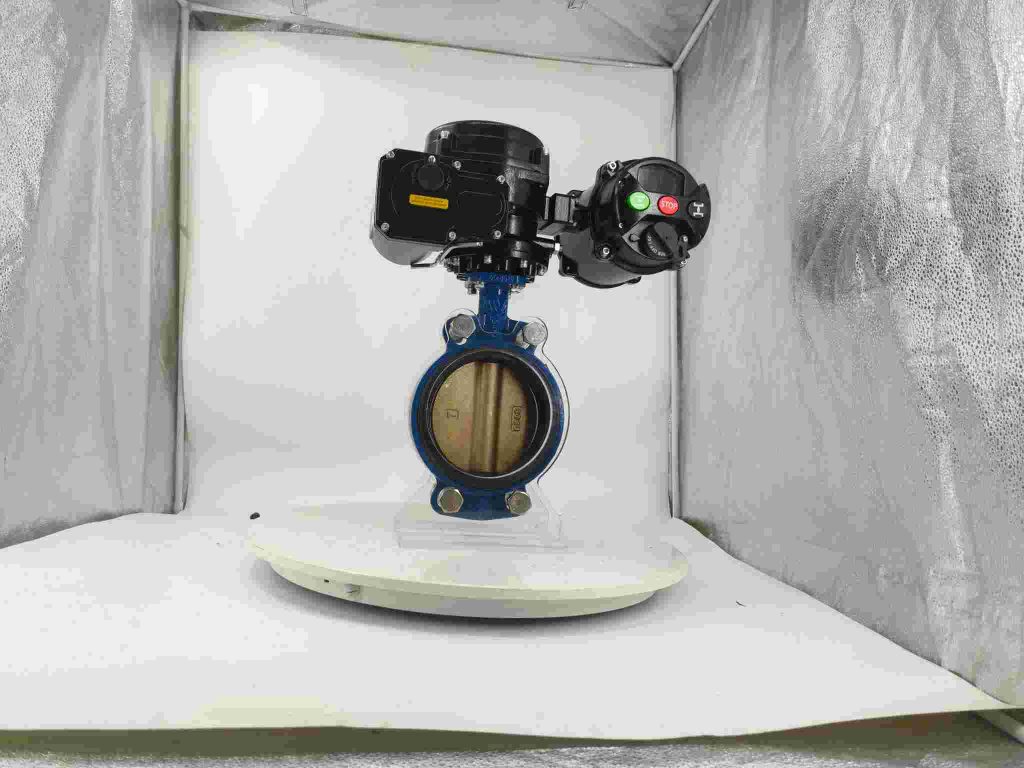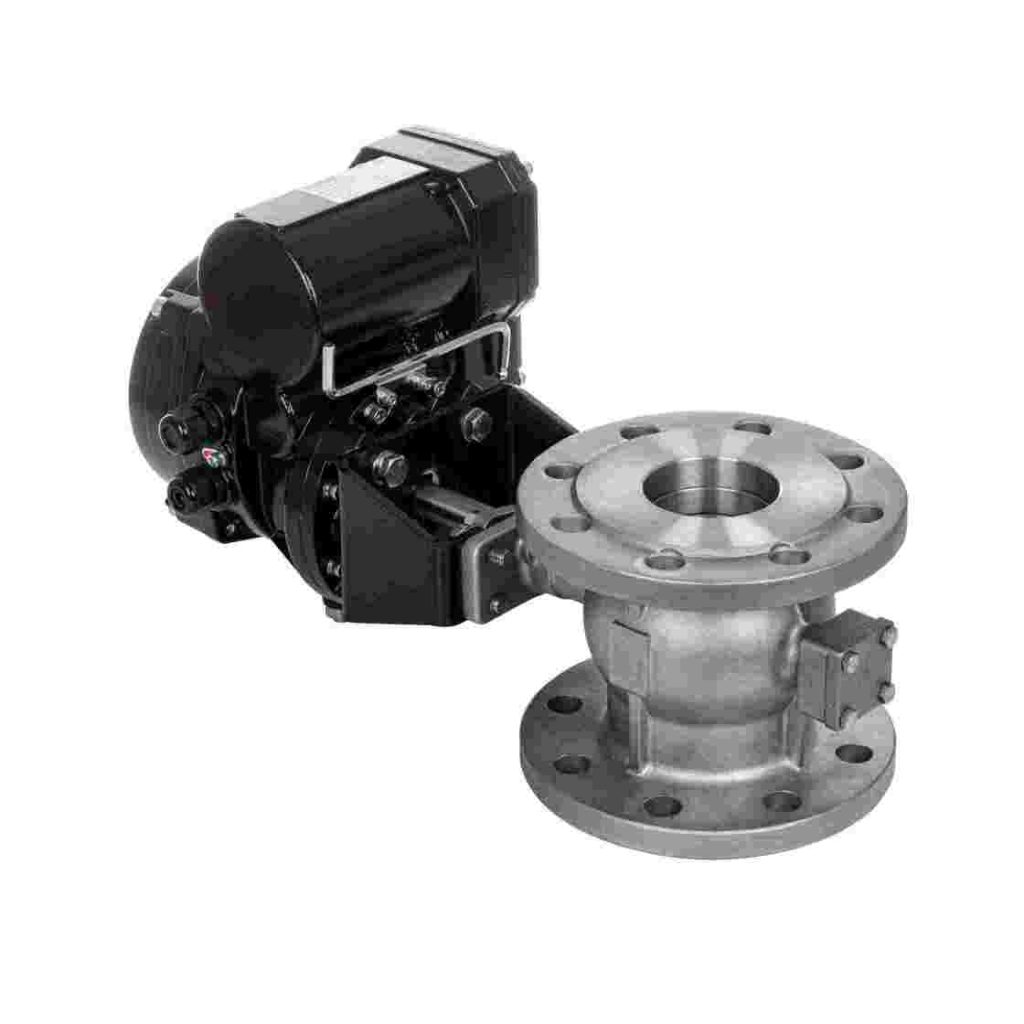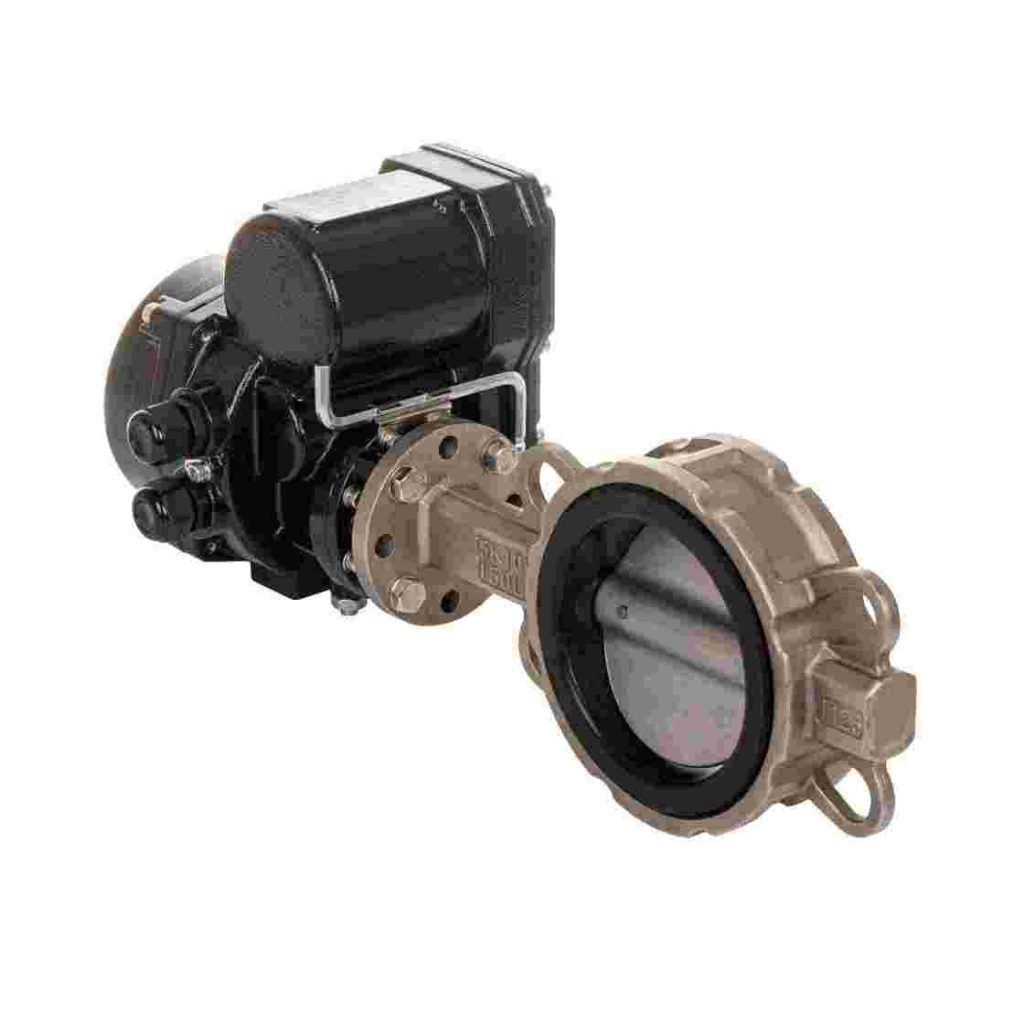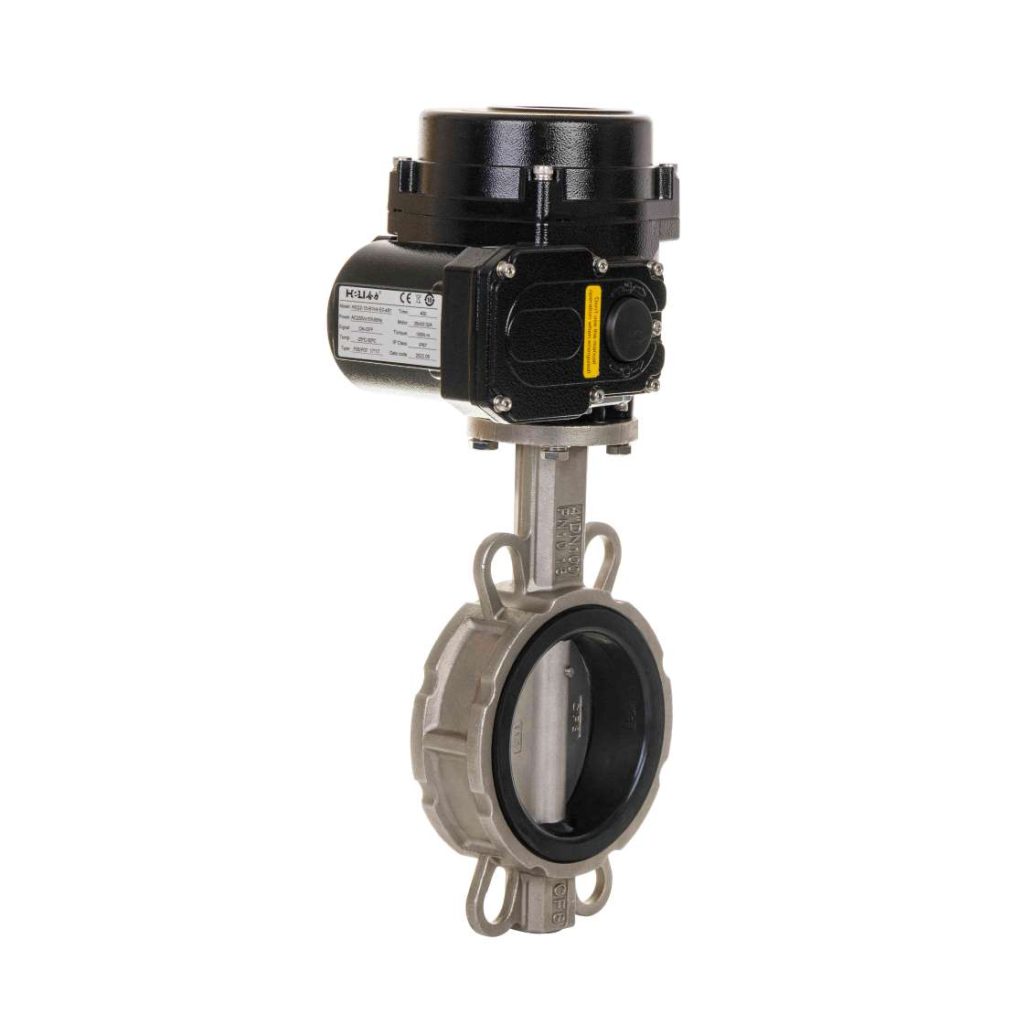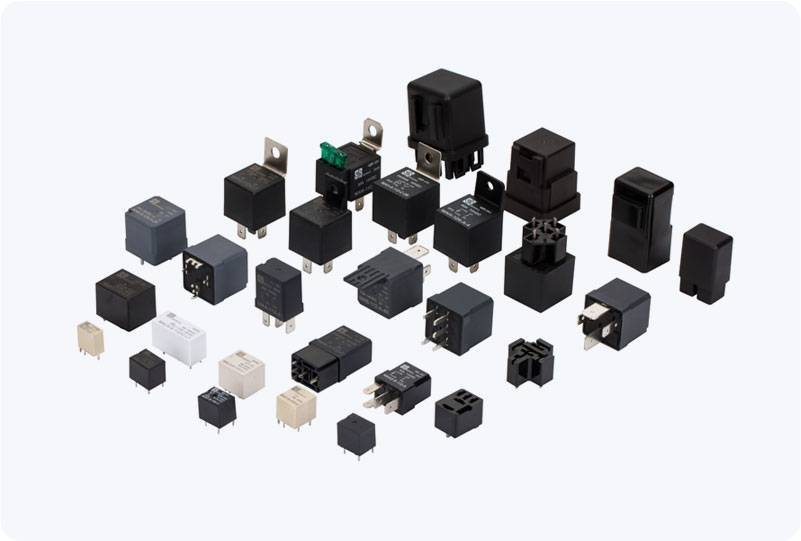In recent years, hydrogen energy has gained significant attention as a clean and sustainable alternative to fossil fuels. As nations strive to reduce greenhouse gas emissions and combat climate change, hydrogen is being recognized for its potential to play a vital role in the future energy landscape. One critical component in hydrogen systems, which ensures safety and operational reliability, is the hydrogen energy electric shut-off valve. This article explores the function, design, and importance of this valve in hydrogen applications.

What is a Hydrogen Energy Electric Shut-Off Valve?

A hydrogen energy electric shut-off valve is a specialized valve designed to control the flow of hydrogen gas within a system. It can be actuated electronically, allowing for precise control and automation. This valve is crucial in various applications, including hydrogen production, storage, distribution, and fuel cell systems. Its primary function is to stop the flow of hydrogen in the event of an emergency or when maintenance is required, thereby minimizing risk and ensuring safety. Importance of Shut-Off Valves in Hydrogen Systems Hydrogen is a highly flammable gas, and its safe handling is paramount in any hydrogen-related application. This is where the electric shut-off valve plays a crucial role. Should a leak or any other unsafe condition arise, the electric shut-off valve can quickly isolate sections of the hydrogen system. This rapid response helps to prevent potential explosions or fires, protecting both equipment and personnel.

